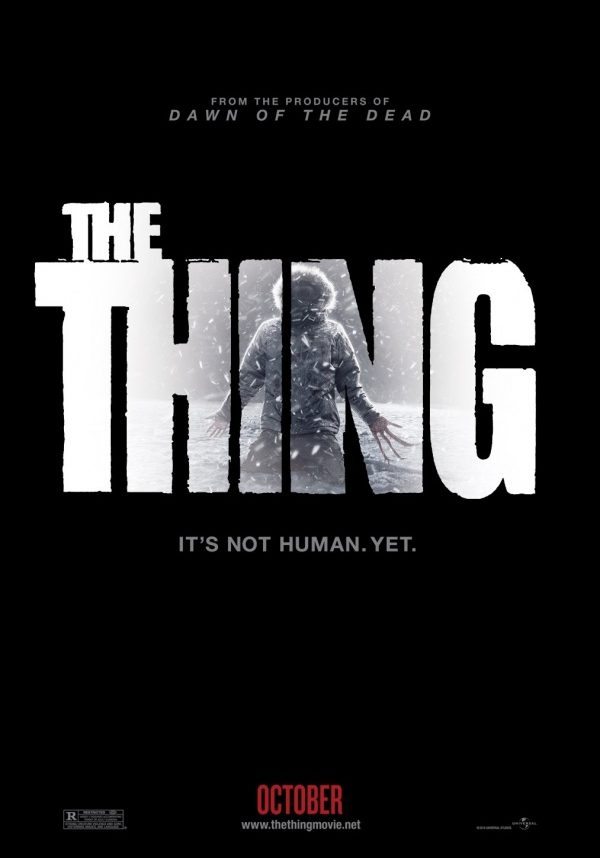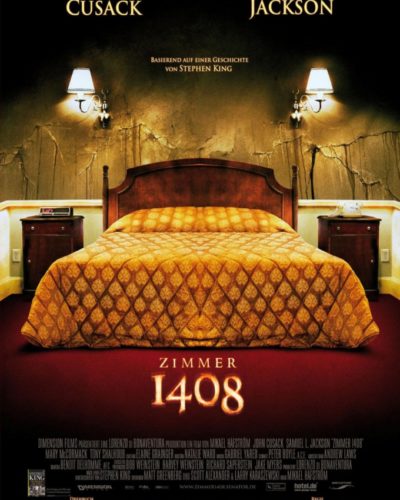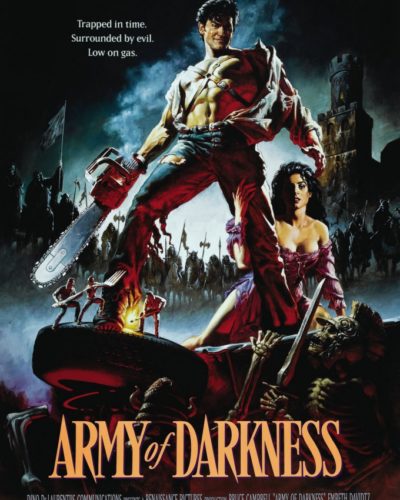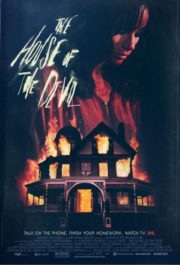Unearthed Fear from the Frozen Depths
“You gotta be fucking kidding…” – these words muttered in disbelief could summarize the audience’s reaction to the myriad of horrors presented in the 2011 prequel to John Carpenter’s seminal 1982 classic, The Thing. Directed by Matthijs van Heijningen Jr., this iteration seeks to unveil the mysterious events leading to the nightmarish scenario encountered by Kurt Russell and his team in the Antarctic outpost.
Chilling Atmosphere and Creeping Dread
Van Heijningen Jr. strains to stretch the oppressive, distrust-laden atmosphere over the frozen wasteland that Carpenter so masterfully constricted around his characters. This is achieved through an escalating sense of claustrophobia amidst the sprawling ice and an undercurrent of foreboding as the researchers uncover an extraterrestrial threat capable of imitating anything… or anyone.
Constructing Tension with a Visual Chill
The director’s approach to building tension sways between homage and originality, leveraging shadows that crawl across the corridors of the fated research station and a color palette as cold and unforgiving as the Antarctic itself. The film’s cinematography embraces dim, sterile lighting interspersed with the hellish glow of flamethrowers, painting each scene with a juxtaposition of cold fear and heated desperation.
The Sounds of Suspense and Screams
Soundtracks and sound effects are the throbbing pulse of horror, and The Thing (2011) delivers an auditory landscape steeped in eerie tonal shifts and jarring spikes of terror. Moments of almost suffocating silence are shattered by the guttural sounds of the creature in transformation, underlining the film’s ability to manipulate the audience’s sense of safety through sound.
Performances that Still Freezes the Blood
Character development teeters perilously on the razor’s edge between homage to its predecessors and carving out its own identity. Mary Elizabeth Winstead’s portrayal of paleontologist Kate Lloyd stands as a beacon within the narrative, channeling steely resolve and palpable fear in a manner that echoes the strength of Carpenter’s anti-heroes. The surrounding cast grapples with the material, at times delivering performances that resonate with authentic terror and at others, falling prey to genre clichés.
The Shape-Shifting Nature of Horror
The movie solidly plants its grotesque appendages in the realm of body horror combined with a psychological twist, forcing characters and viewers alike to question the reality presented. In a dance with horror’s conventions, the entity in The Thing acts as a grotesque mirror, reflecting primal fears of the unknown and the terror of losing one’s identity.
Spine-tingling Tactics and Trauma
To instill fright, the film employs a blend of psychological tension and visceral shocks, sometimes leaning heavily into the gory spectacle of its creature effects. There are set pieces that evoke squirms and gasps, but one might argue that the movie’s reliance on computer-generated imagery occasionally undercuts the practical, tactile horror that made the 1982 outing an unforgettable exercise in terror.
Subtext Beneath the Ice
The 2011 The Thing scratches at societal themes of isolation and paranoia but tends to focus on the surface scares rather than deeper excavation of these concepts. While it hints at the fears of contamination and loss of agency, these undercurrents do not run as chillingly deep as they could, often being overshadowed by the focus on creature feature thrills.
Final Dissection – A Cold Echo of Terror
In the shadow of its revered predecessor, The Thing (2011) stands as an earnest attempt to expand upon a beloved mythos, bringing a certain level of fidelity to practical horror sensibilities albeit through the lens of modern filmmaking that somewhat lacks the groundbreaking innovation of Carpenter’s vision.
Fans of creature effects and those new to the franchise may find enjoyment in the chilling setting and body horror, but purists might evaluate it as a diluted version that emphasizes spectacle over subtlety.
With visual gore and chilling themes potentially triggering for some viewers, it’s best approached by those with a heart for horror rather than the faint of heart. Despite its wavering flame, this prelude captures enough of the frostbitten terror to be a curious exploration into the origins of fear itself.




